Apple held a traditional autumn presentation, where they presented new smartphone models: iPhone 14 and iPhone 14 Plus. The novelties received a design similar to the previous generation, but unlike the iPhone 13 line, which had a mini version, this year’s basic series of Apple smartphones offers a 6.7-inch iPhone 14 Plus.
The body materials of both models have not changed, the manufacturer used Ceramic Shield glass on the front panel, tempered glass on the back and an aluminum frame. IP68 protection against water and dust is present. iPhone 14 measures 146.7×71.5×7.8 mm and weighs 172 grams, while the 14 Plus is, of course, larger, measuring 160.8×78.1×7.8 mm and weighing 203 grams.
The iPhone 14 uses a 6.1-inch Super Retina XDR OLED screen with a resolution of 2532×1170 pixels. In the Plus version, as already mentioned above, the diagonal is larger – 6.7 inches with a resolution of 2778×1284 pixels, but the screen technology is the same – OLED.
Unfortunately, the iPhone 14 lineup didn’t get a display with a refresh rate higher than 60Hz, although even relatively inexpensive Android smartphones now have screens of 90Hz and above. However, Apple still used high-quality matrices with a DCI-P3 wide color gamut image, a maximum typical brightness of 800 nits, and increased to 1,200 nits for an HDR image.
Last year, Apple introduced the high-speed 5-nanometer Apple A15 Bionic chip with the iPhone 13, and this time decided not to change it in the new iPhone 14. However, the chip has been slightly improved, now it has not 4, but 5 cores in the graphics processor, which should improve performance in games.
Like their predecessors, the iPhone 14 and 14 Plus have two main cameras:
- 12-megapixel wide-angle with a focal length of 26 mm, an aperture of f/1.5, 100% focusing at the pixel level, 7-element optics and stabilization on the sensor;
- 12-megapixel ultra-wide-angle 13 mm, f/2.4 aperture, 120° viewing angle, 5-element optics and electronic stabilization.
The main innovation here is a larger wide-angle camera sensor, the pixels of which have grown to 1.9 microns, while the iPhone 13 has 1.7 microns. Therefore, the module will be able to capture more light, which is especially useful for night photography. Apple is talking about a 49% improvement in night photography (whatever that means), but not only due to the larger matrix, but also due to improved algorithms. Last year’s Deep Fusion mode, which used machine learning to enhance images by increasing detail and reducing noise, has been improved this year. Called the Photonic Engine by Apple, the update will now use machine learning more often and in more scenarios.
The video recording capabilities of the iPhone 14 and 14 Plus have also improved. Both models are capable of 4K video in stereo at 24 fps, 25 fps, 30 fps and 60 fps, 1080p at 25 fps, 30 fps and 60 fps, 720p at 30 fps. And the Cinematic mode – up to 4K HDR at 30 fps.
Stabilization of the main camera on the sensor and machine post-processing of the video allowed Apple to add a recording mode in which the smartphone imitates an action camera and tries to stabilize the video as much as possible. In essence, this mode simulates a separate gimbal and records 2.8K video at 60 fps.
Video recording in HDR Dolby Vision is also available in 4K resolution up to 60 fps, and slow-motion shooting in 1080p at 120 fps or 240 fps. You can also record time-lapse videos with stabilization.
The front-facing TrueDepth camera has also been updated. Apple used a 12-megapixel sensor with an f/1.9 aperture, 6-element optics and electronic stabilization. However, this time the camera has autofocus. In addition to taking selfies, TrueDepth, along with a dot projector and an infrared camera, are used to power the FaceID facial recognition system, which can be used to unlock the smartphone and make purchases through Apple Pay.
iPhone 14 and 14 Plus can work on 5G networks, support Wi‑Fi 6 2×2 MIMO, Bluetooth 5.3, UWB (for spatial audio and more) and NFC. GPS, GLONASS, Galileo, QZSS and BeiDou modules are used for the operation of the positioning system.
This time, a large part of Apple’s presentation was also devoted to a new emergency communication system via satellite, which the company called Emergency SOS. It allows the iPhone 14 and 14 Plus to send messages to rescue services via satellite where there is no coverage by mobile operators. For the system to work, the smartphone will need to be pointed directly at the satellite. For this, Apple added a special application in iOS 16 that will allow you to determine the position of satellites.
In addition to calling emergency services, satellite communications can be used to send your location to trusted contacts via Find My iPhone.
Emergency SOS will only work in the US and Canada for now. iPhone 14 and 14 Plus owners will be able to use the service for free for two years.
It is also interesting that Apple began to abandon the slot for SIM cards. It should be replaced by an electronic eSIM, which allows you to add the services of a mobile operator to a smartphone without using a physical card. One would have expected the company to completely abandon the SIM slot, as it did with the headphone jack, but it decided to take its time. For now, the iPhone 14 and 14 Plus without a SIM card slot will only be sold in the US. For those who use two mobile numbers, Apple has even added support for two eSIMs.
Another innovation in the iPhone 14 and 14 Plus is the automatic detection of car accidents. Thanks to the accelerometer and gyroscope, smartphones will determine that the user is driving a car, and if he has an accident, they will offer to call for help.
Apple does not traditionally disclose the battery capacity of its smartphones but shares relative battery life figures, which are usually later confirmed during tests. So, the iPhone 14 should provide 20 hours of video playback, up to 16 hours of online video playback, and up to 80 hours of audio playback. The company calls iPhone 14 Plus the smartphone with the most autonomy among all iPhones, accordingly, it plays 26 hours of video, 20 hours of online video, and 100 hours of audio.
Both models support fast charging through the Lightning port up to 20 W and charge up to 50% in 30 minutes. We remind you that the charger is not included. In addition to the wired one, you can also use MagSafe magnetic chargers up to 15 W and Qi wireless up to 7.5 W.
iPhone 14 price in the US starts at $799 (not including tax) for the 128GB version, $899 for the 256GB, and $1,099 for the 512GB. Pre-orders for this model will start on September 9, and sales will begin on September 16.
The iPhone 14 Plus is not only bigger, but also more expensive. Its cost starts at $899 for the same 128 GB, 256 GB will cost $999, and 512 GB for some reason as much as $1199. Sales of the Plus version will begin later, on October 7.


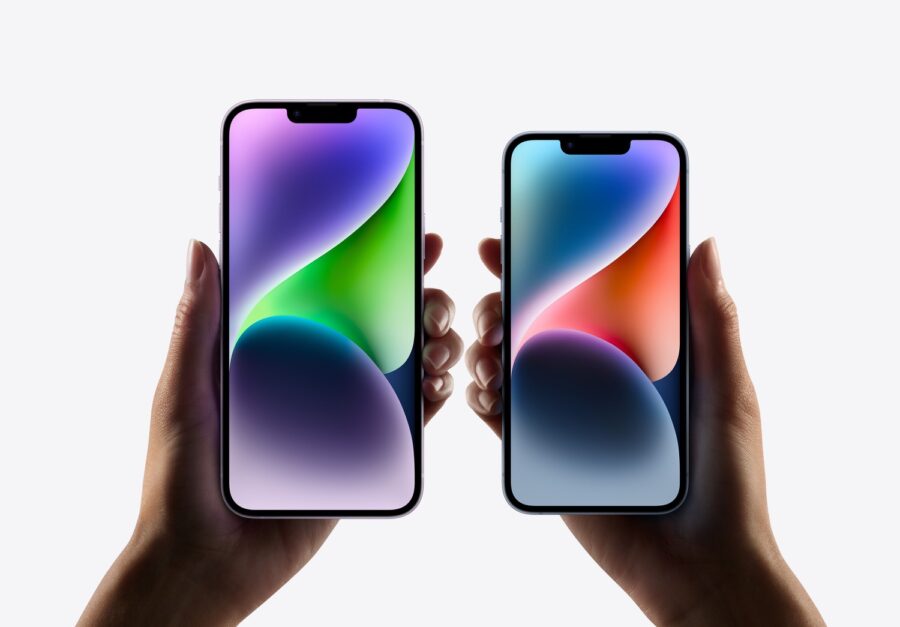


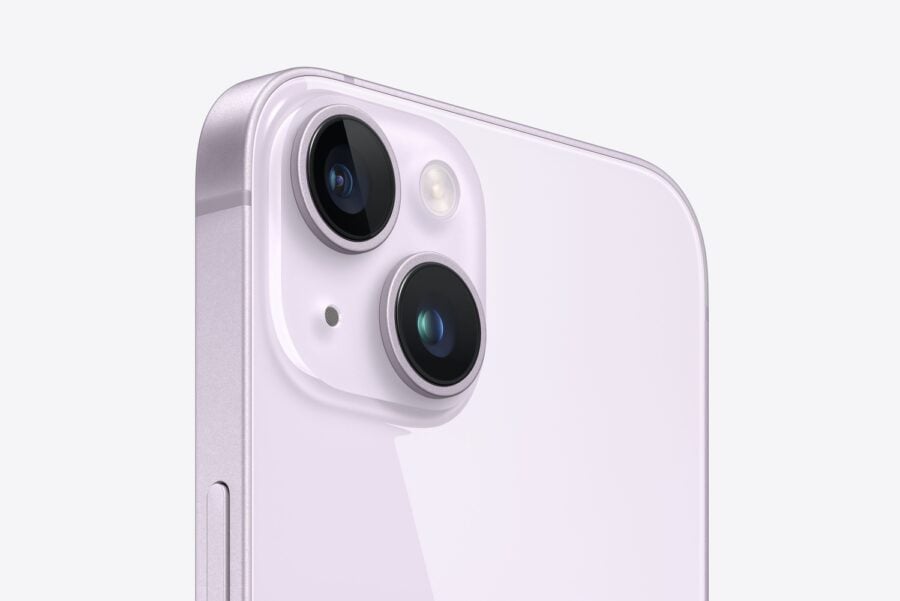
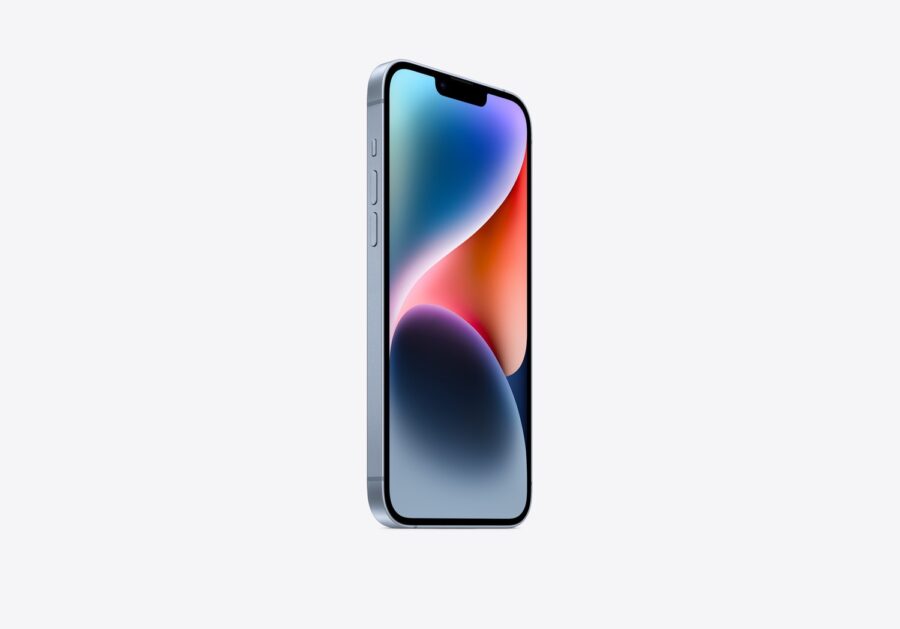
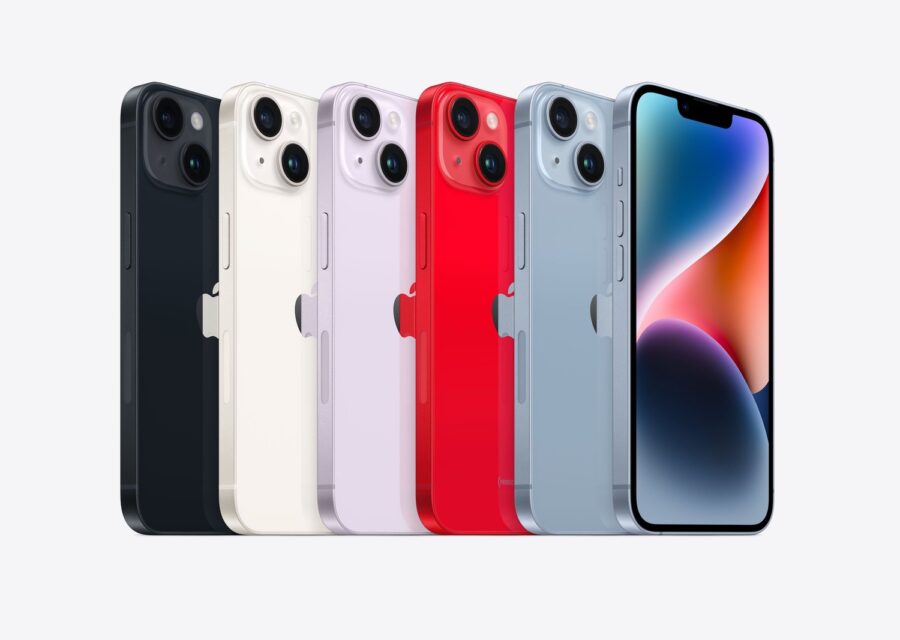
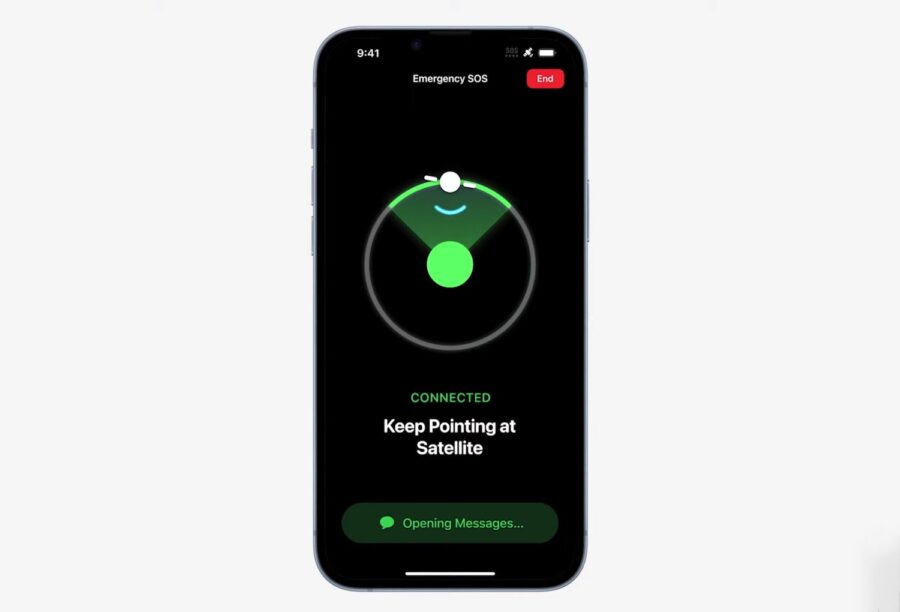
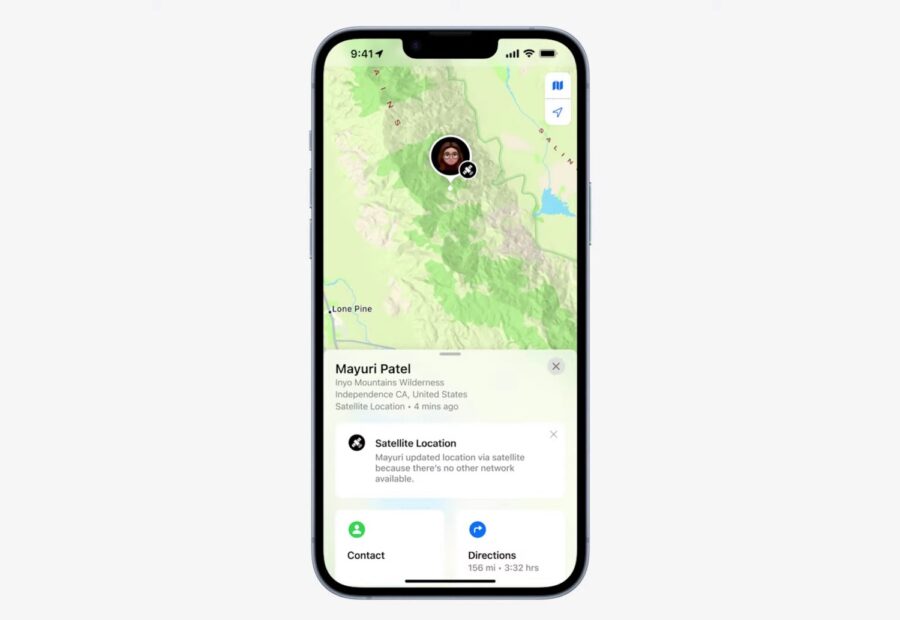
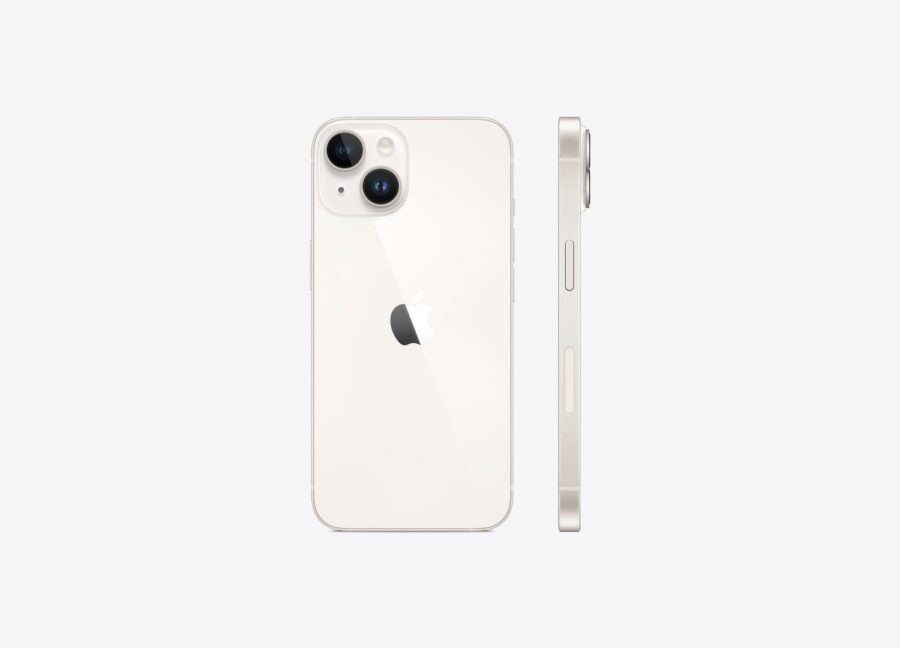


Loading comments …